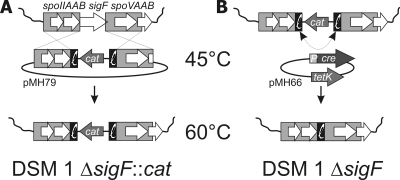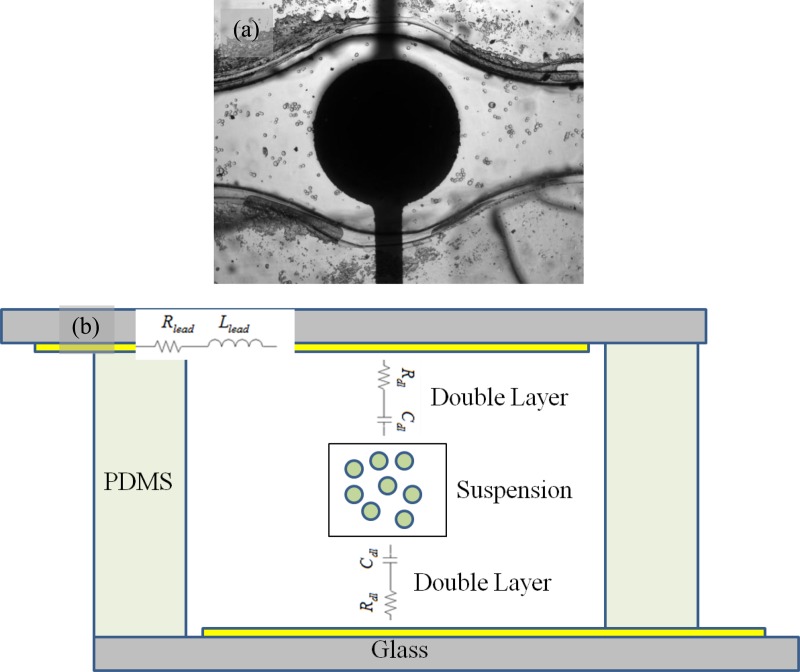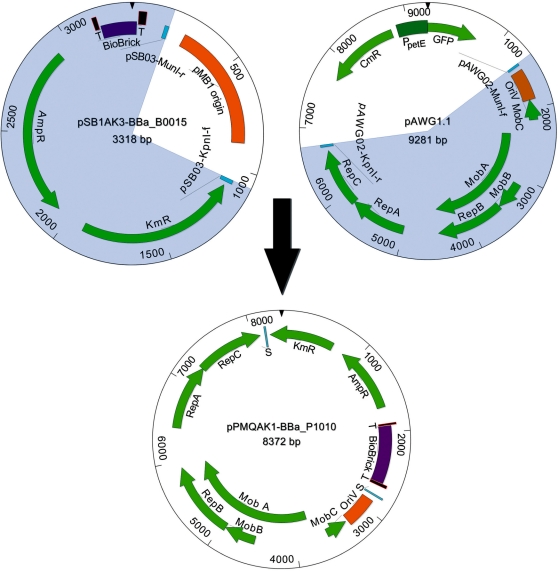Bacillus coagulans has good potential as an industrial manufacturing organism for platform chemical compounds from renewable assets however has restricted genetic instruments out there. Here, we current a focused gene disruption system utilizing the Cre-lox system, development of a LacZ reporter assay for monitoring gene transcription, and heterologous d-lactate dehydrogenase expression.

Enormously quick RNA hydrolysis by lanthanide(III) ions beneath physiological situations: eminent candidates for novel instruments of biotechnology.
Lanthanide(III) ions have proven monumental catalyses for the hydrolysis of the phosphodiester linkages in RNA, indicating their excessive potential for versatile purposes to biotechnology and molecular biology. The exercise monotonically will increase with growing atomic quantity in the lanthanide collection, the final three ions (Tm3+, Yb3+, and Lu3+) being the most lively. Non-lanthanide steel ions are just about inactive.
The pseudo first-order charge fixed for the hydrolysis of adenylyl(3′-5′)adenosine (ApA) by LuCl3 (5 mmol x dm(-3)) at pH 7.2 and 30 levels C is 1.9 x 10(-1) min(-1) (the half-life is just 3.6 min), equivalent to 10(8)-fold acceleration. The product is an equimolar combination of adenosine and its 2′- or 3′-monophosphate with none byproducts. The 2′,3′-cyclic monophosphate of adenosine is just not amassed a lot in the response combination.
Lanthanide ions additionally effectively hydrolyze oligoribonucleotides with out a particular base-preference. In ApA hydrolysis by NdCl3 and GdCl3, the dependence of the hydrolysis charge on both the pH or focus of the steel salt coincides pretty properly with the corresponding profile of the equilibrium focus of the bimetallic hydroxo-cluster [M2(OH)2]4+ (M=steel ion).
Both the formation of the pentacoordinated intermediate and its decomposition are vastly promoted by lanthanide ions. A catalytic mechanism by which two steel ions (or their coordination water) in these tetracationic hydroxo-clusters present acid/base cooperation is proposed.





